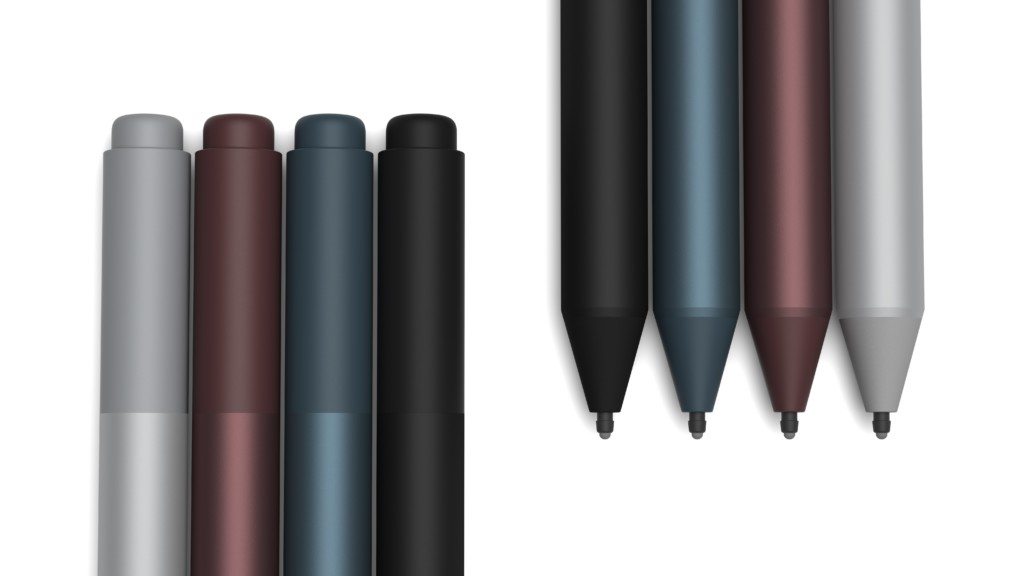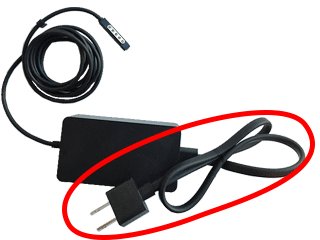30 Days with Surface Pro: Day 24
A revolution has overtaken IT in recent years. Thanks to the BYOD (bring your own device) trend, more and more businesses are letting employees choose which platforms and devices they use to get things done. Day 24 of the 30 Days with Surface Pro series explores how the Surface Pro fits in as a BYOD device.
Microsoft’s ad for the Surface Pro (embedded below) gives the impression that your board meetings will burst into full-fledged song and dance party mode if everyone just uses a Surface Pro. I wouldn’t go that far, but the Surface Pro does a superb job of merging work and play into a single, well-engineered device. If I were managing Microsoft’s marketing, I don’t think a dance party is the message I would send, but the Surface Pro is right at home in the board room.
The Surface Pro is a great BYOD device for the same reasons that it’s a great device. It delivers the power and capabilities of a full Windows 8 PC in a light, slim, portable tablet form. Because it runs the full Windows operating system, it can connect to a Windows network domain, and be managed by IT through Active Directory and Group Policy just like any other legacy desktop or laptop Windows PC.
While it’s possible for a tablet to replace a personal computer for many consumers and average users, businesses tend to rely on software and tools that won’t run on iOS or Android–or even a Windows RT device like the Surface RT. Most other tablets work fine as a supplement to a Windows PC, but can’t replace it in a business environment.
A Surface Pro, on the other hand, can. You can connect it to a monitor, keyboard, and mouse (or touchpad) while you’re working at your desk, but you can also take it to a meeting in the board room and take notes using the digitizer pen. You can snap a Type cover on the Surface Pro and use it as an ultrabook on the train ride home, and you can detach the cover or fold it out of the way and read a Kindle book or watch a Netflix movie while lying in bed. Instead of picking and choosing PC or tablet, the Surface Pro is an “all of the above” device.
The biggest roadblock for the Surface Pro from a BYOD perspective is probably price. Companies that embrace BYOD policies often provide some sort of voucher or subsidy to offset the cost of the employee purchasing their own hardware, but there are a wide variety of more powerful Windows laptops available for less money than the $900-plus it costs for a Surface Pro.
Windows 8 itself opens up the BYOD flood gates even more than the Surface Pro. Thanks to Windows To Go, companies can let users bring virtually any hardware to work for BYOD, and just issue everyone USB thumb drives that boot to a managed Windows 8 environment through Windows To Go. The personal software and data won’t pose a risk to the company, and there is no mixing of business with personal.
Day 23: Battery life
Day 25: Instant messaging on the Surface Pro



Comments are closed.